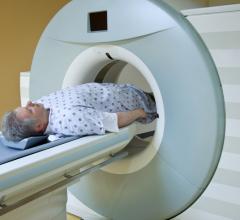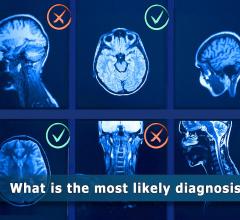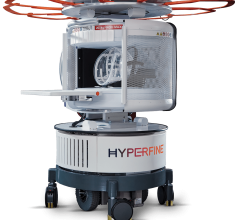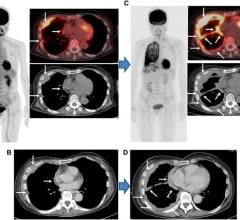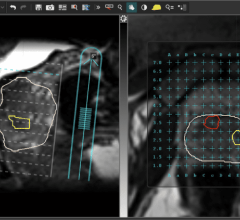Researchers at Penn State College of Medicine and Penn State Milton S. Hershey Medical Center (Hershey, Pa.) have categorized the appearance and evolution of abnormalities on neuroimages that represent abusive head trauma (AHT) in infants. The researchers' descriptions of these abnormalities are important for narrowing down the timing of AHT, which can aid police in identifying and excluding potential perpetrators. Appearances of a variety of abusive traumatic injuries on cranial CT scans and MRIs at different time points are described and discussed in "Serial neuroimaging in infants with abusive head trauma: timing abusive injuries. Clinical article," by Ray Bradford, M.D., Arabinda K. Choudhary, M.D., M.R.C.P., F.R.C.R, and Mark S. Dias, M.D., published online, ahead of print, in the Journal of Neurosurgery: Pediatrics. This study is the largest one on timing of AHT to date, and its findings confirm and extend those of a previous, smaller study conducted by the senior author, Mark S. Dias, M.D. The researchers hope that this article will serve as an important reference for professionals called upon to provide a time frame for abusive head injuries.
Bradford and colleagues examined the medical records and imaging studies of all infants (younger than 24 months of age) with abusive head trauma (AHT) who were admitted to Penn State Milton S. Hershey Medical Center between January 1997 and December 2007. The researchers identified 105 infants whose patient charts contained specific injury dates and for whom serial CT (computed tomography) scans were available. These infants were selected for the study population; they ranged in age from 0.3 to 23 months (mean age 5.3 months, median age 3.9 months). More precise timing of injury (time of day) was noted in the charts of 43 of these infants, and MRIs (magnetic resonance images) were available in all cases in this subgroup. In none of these cases was serial MRI scanning performed.
The researchers examined intracranial abnormalities on the infants' CT scans and MRIs that are indicative of a variety of abusive head traumatic injuries. The characteristics of these neuroimaging abnormalities and the timing of their appearances post-injury are detailed and analyzed in the text of the paper as well as in four tables and nine figures. Table 2, for example shows timing of the first appearances of various intracranial abnormalities on CT scans. Abnormalities indicating epidural hematoma, acute subdural hematoma, subarachnoid hemorrhage, and brain hypodensity appear shortly after injury; abnormalities representative of brain softening and atrophy appear later. Figure 8 demonstrates the timing of MRI studies post-injury in the subgroup of 43 infants mentioned above. All injuries in the subgroup were subdural hematomas. Table 3 lists a variety of patterns these subdural hematomas exhibit on MRIs, and the researchers discuss how these patterns relate to the timing of injury. Table 4 summarizes the timing of various abnormalities shown on both CT scans and MRIs after AHT.
The most common injury in the patient group was subdural hematoma (92% of cases). Other frequently found injuries included brain hypodensity (38%), edema (30%), and skull fracture (26%).
Bradford and colleagues believe that their findings can provide a framework on which physicians can make broad estimates of the timing of the AHT. They caution, however, that neuroimaging findings should not be used alone to make definitive statements about the timing of the original injury. They point out that the patient's clinical history may suggest a more limited temporal window for the injury than the neuroimaging evidence. The researchers recommend that the neuroimaging findings should be used in conjunction with the patient's clinical history to more accurately estimate the timing of injury.
In describing the study, Dias said, "This study will contribute to our understanding of how CT and MRI scans evolve over time following an abusive head injury in an infant and plays an important role in sorting out when abuse occurred. This study allows us to provide ranges within which injury may have occurred, although there are necessary limitations to such a study, and more studies are needed to help pinpoint the time of injury with even greater accuracy."
For more information: www.thejns.org, www.AANS.org

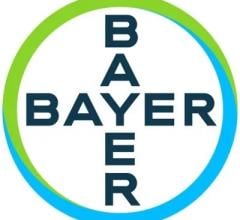
 August 09, 2024
August 09, 2024 


